Recycling beauty? Fondazione Prada proves that we did (and still should?)

Milan, Italy - The Fondazione Prada headquarters in Milan will host the exhibition “Recycling Beauty” until 27 February 2023.
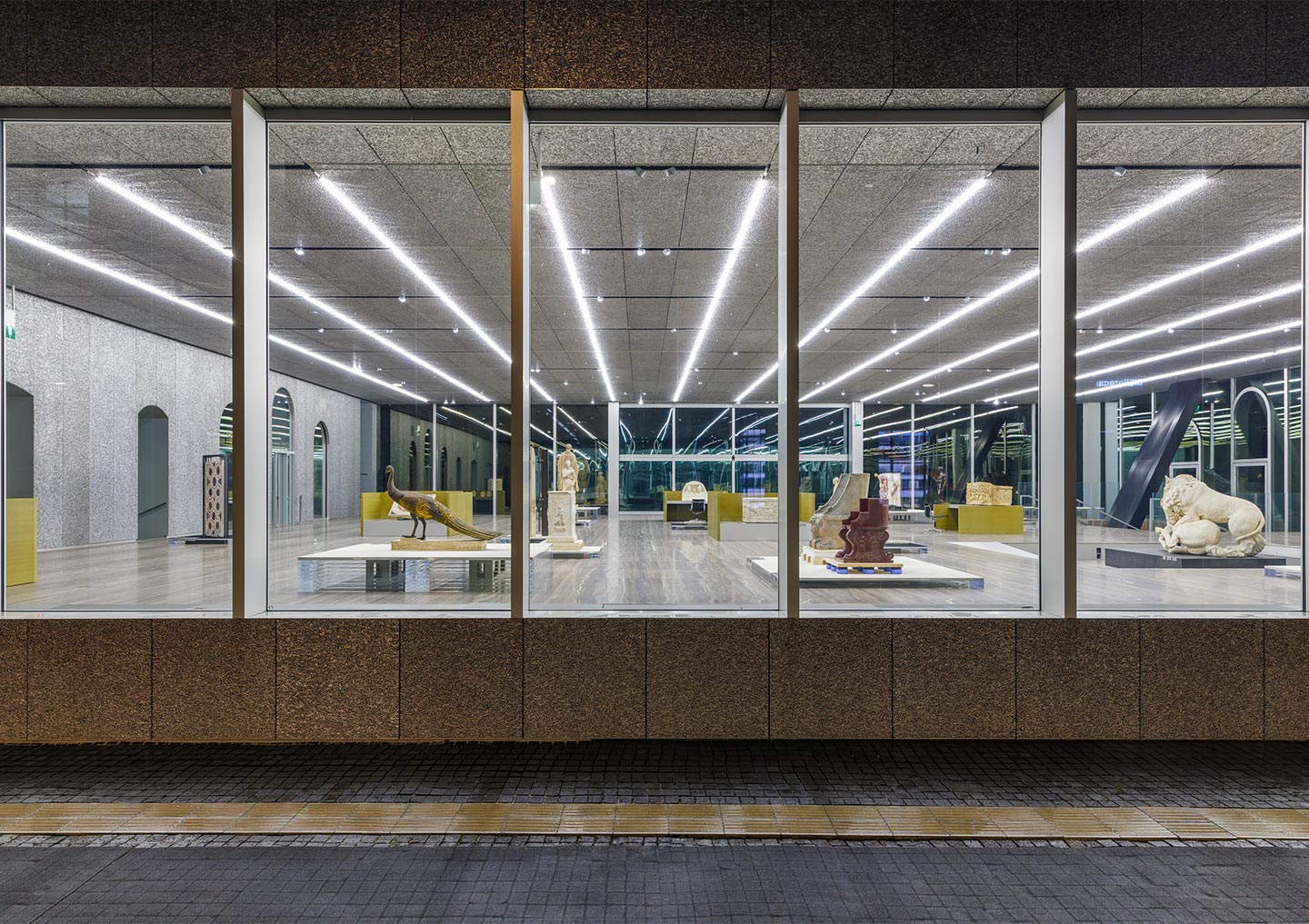
Exhibition view of “Recycling Beauty” Fondazione Prada, Milan (All images in this article were taken by Roberto Marossi, when not specifically stated)
The exhibition collects Greek and Roman antiquities that have been recycled, as the title explains, to give life to new works belonging to post-ancient eras, from the Middle Ages to the Baroque. The show is curated by Salvatore Settis, Anna Anguissola and Denise La Monica, and the exhibition project is by Rem Koolhaas/OMA and Giulio Margheri.
Designed by the Dutch architect Rem Koolhaas’ Rotterdam-based office OMA inside the Fondazione’s Cisterna and the Podium space, “Recycling Beauty” can be considered the third act in a series of research-based antiquities exhibitions hosted by Fondazione Prada. It is an arresting epilogue to a broader investigation undertaken by Fondazione Prada since 2015 when the institution simultaneously presented “Serial Classic” and “Portable Classic” in its Milan and Venice spaces. These two exhibitions were curated by none other than Salvatore Settis (with Anna Anguissola in Milan and Davide Gasparotto in Venice) and designed by Rem Koolhaas/OMA.
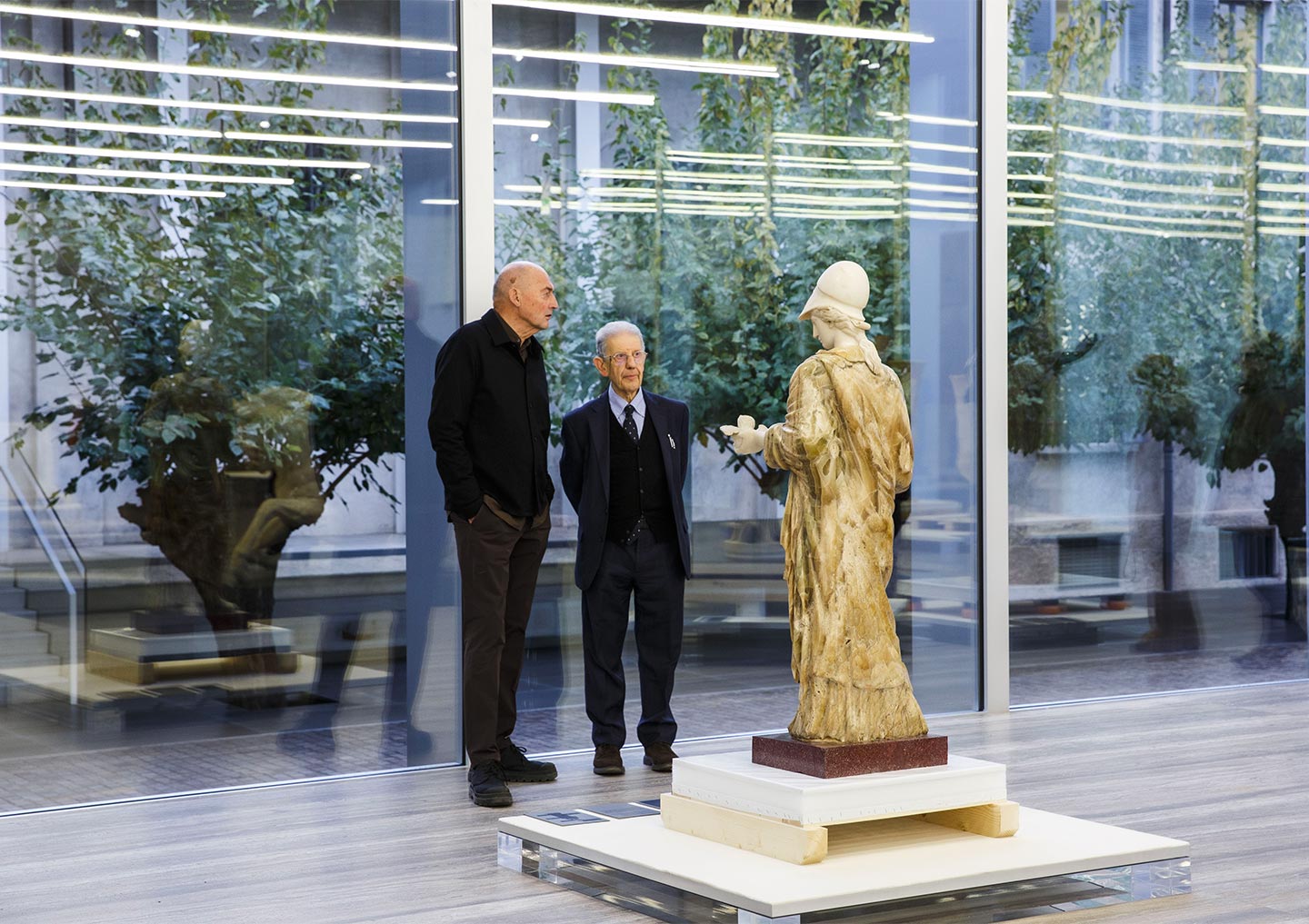
Salvatore Settis and Rem Koolhaas (Photo: Francesca D'Amico)
Through an innovative take and experimental exhibition formats, ancient heritage – particularly Greco-Roman heritage – becomes “a key that provides access to the multiplicity of cultures in the contemporary world,” as Settis said.
“What I think you see here in this third exhibition is the advantages of working with the same team,” stated Rem Koolhaas. “I think the more I have gotten to know Salvatore Settis, the more I realised that he is actually a polemicist, and that has a very clear resonance with my own character, whether we want it or not. And I think also Miuccia Prada is partial to that kind of mentality, a mentality which never takes anything for granted and is able to see connections that are typically relatively hidden.”
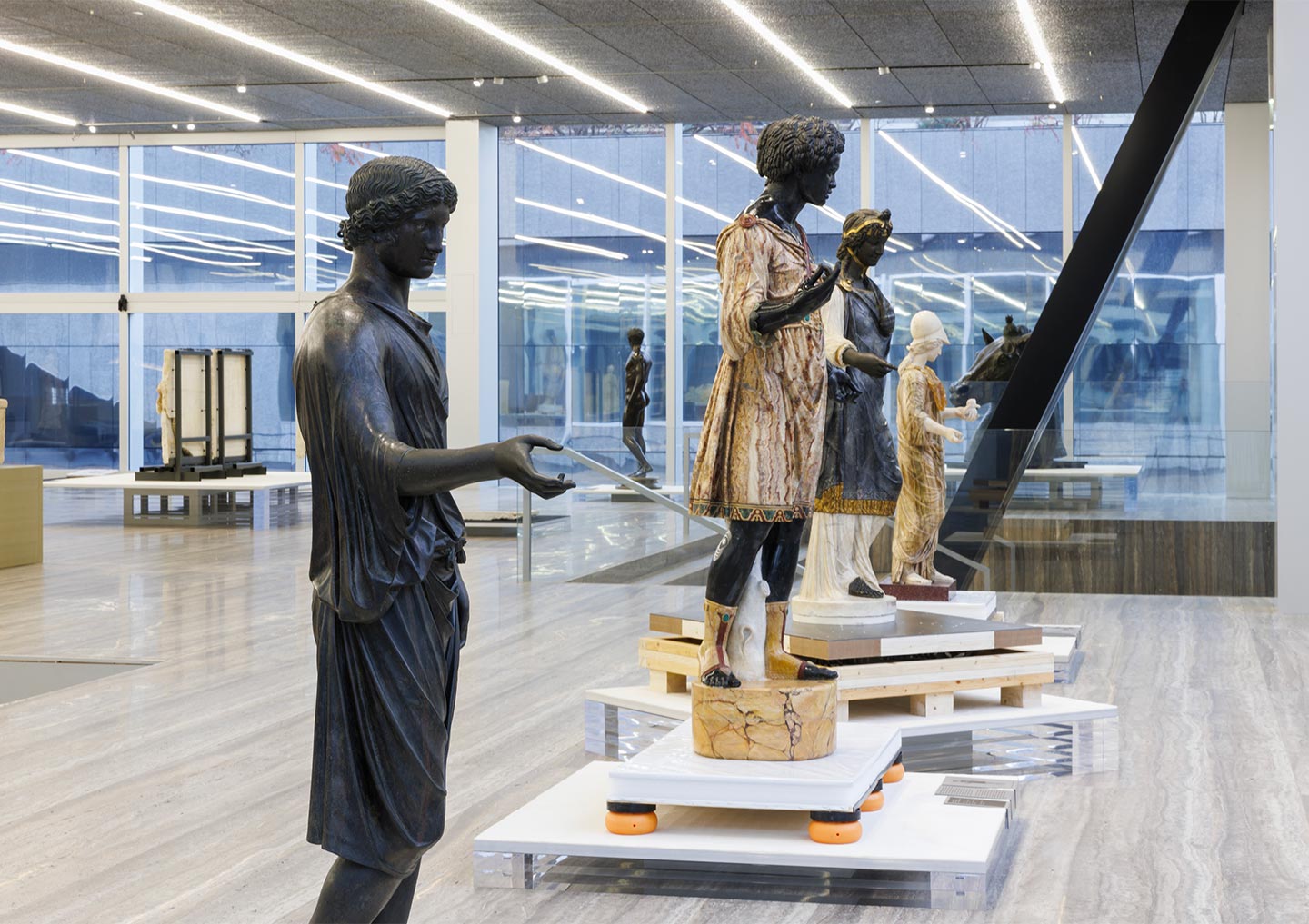
From left to right: Statue (Camillus) 1st–2nd century CE, Rome, Musei Capitolini; Nicolas Cordier, The "Borghese Moor", Between 1607 and 1612, Paris, Musée du Louvre, Départment des Antiquités greques, étrusques et romaines; Nicolas Cordier, The Gypsy Girl, 1607–1612, Re-use of an early 1st century AD statue, Rome, Galleria Borghese; The "Orsay Minerva", 1st–mid 2nd century CE, Restored by François Duquesnoy during the 1630s, Paris, Musée du Louvre, Départment des antiquités grecques, étrusques et romaine
Hosting more than 60 pieces of art from collections of different Italian and international museums, “Recycling Beauty” can also be considered a real journey through the centuries, during which each work was deliberately and meticulously reused and recycled, to give it a new life.
So Salvatore Settis invited visitors to consider some questions: “Why take from ruins a relief, a vase, a capital? Why carry it somewhere else to place it in a new context?” Then he replied: “The answers explored in recent decades go in three complementary directions: reuse can have a value that is either memorial (aimed at the past), foundational (directed towards the present), or predictive (oriented towards the future).”
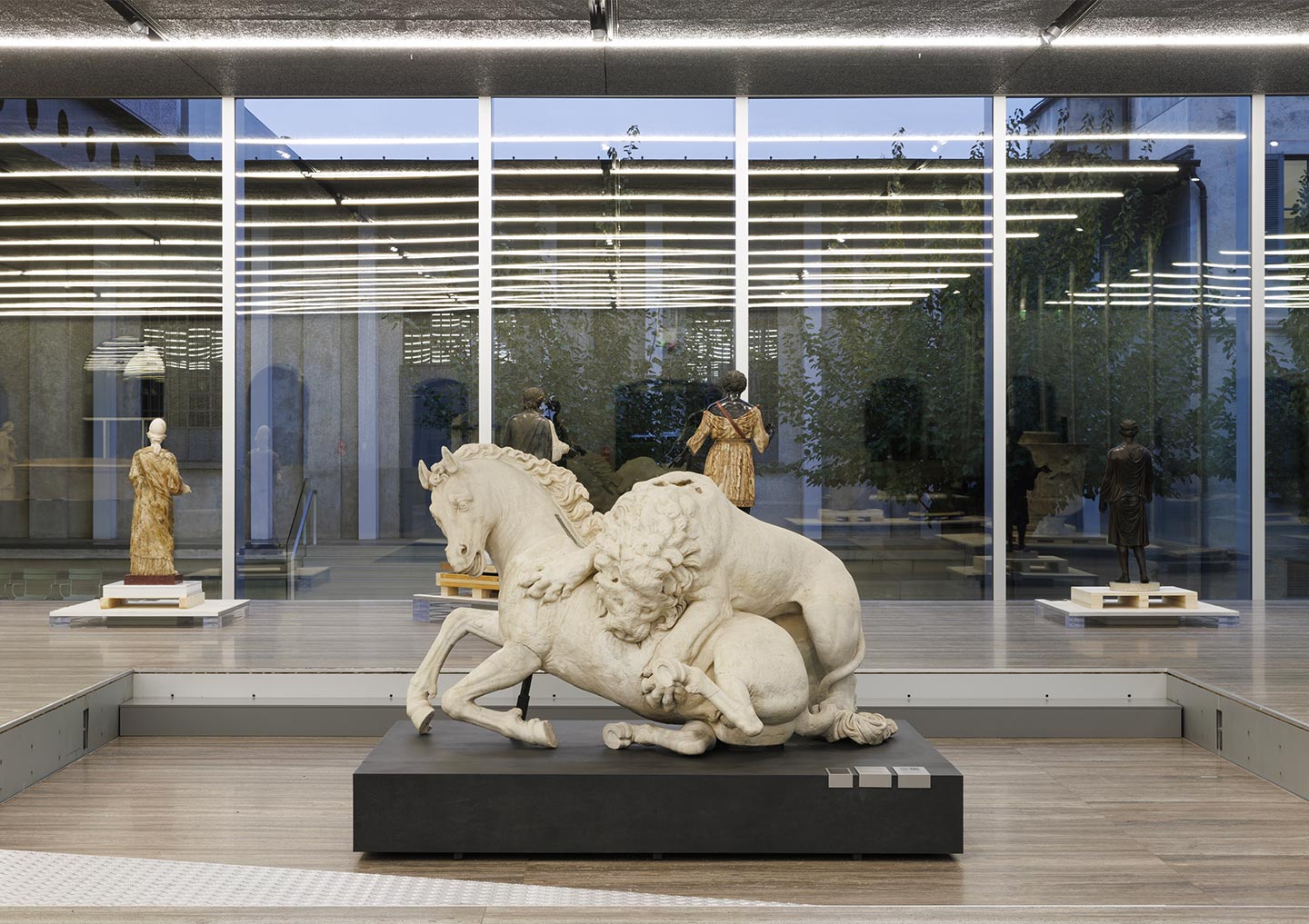
Lion attacking a horse, 4th century BCE, Rome, Musei Capitolini, Palazzo dei Conservatori
The exhibition features multiple and different themes, such as the reuse of works and materials that entail the coexistence of different temporalities, in which historical distance and narrative and emotional simultaneity are continually intertwined. But there is also fertile space for inspiration and reworking ideas or the transition of meanings and dialogue between cultures.
Fondazione Prada’s unique, contemporary and innovative structure is essential in enhancing the works featured in this exhibition. Placed in an unusual context compared to the periods they belong to (or in which they were reused), these works create a sensation of extreme contemporaneity. In a nutshell, “Recycling Beauty” explores how context and time affect the spectator’s understanding of artworks, objects, and collections in history.
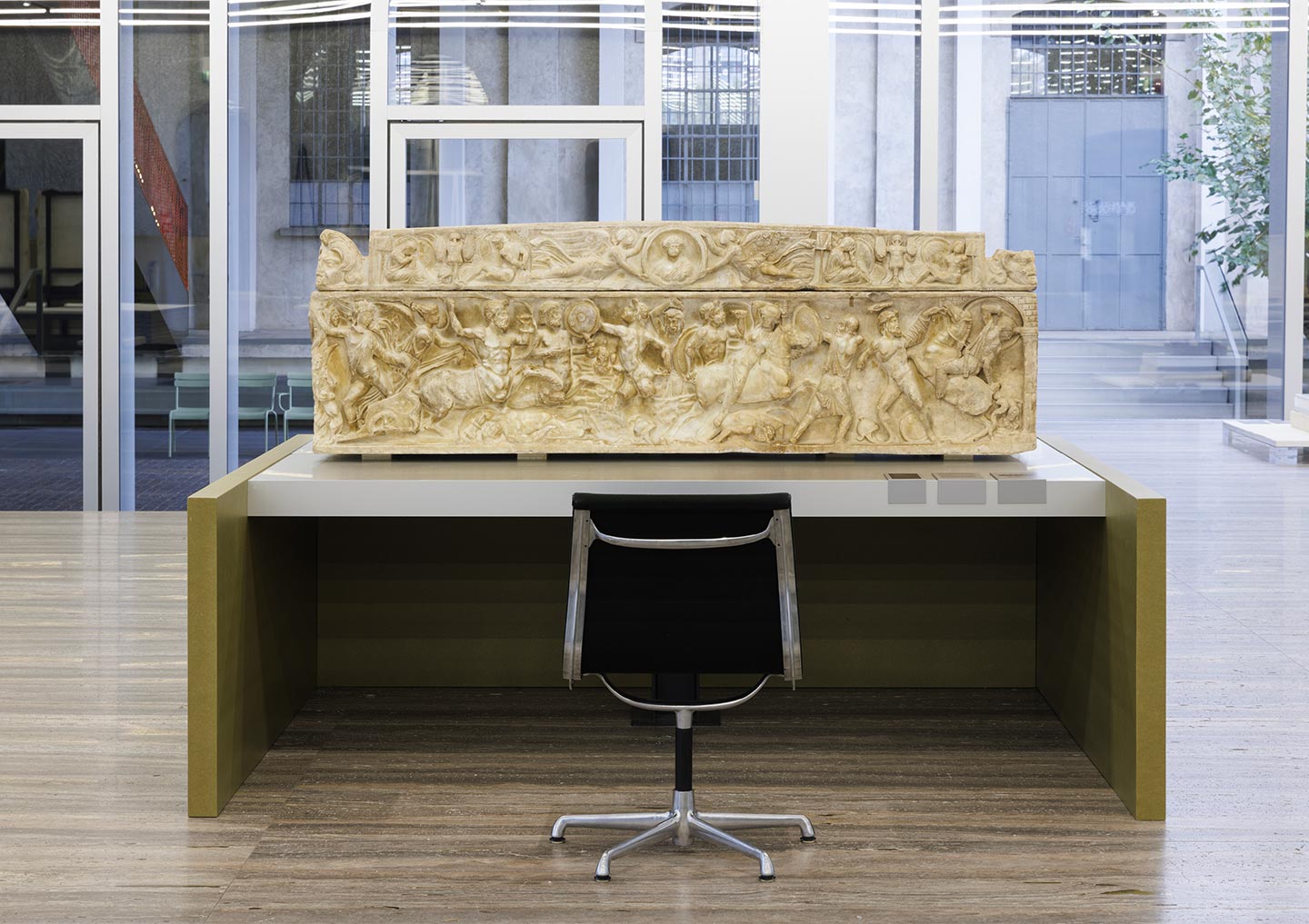
In the foreground: Sarcophagus with scenes of Dionysus in combat agains the Amazons, 2nd half of the 2nd century CE (c. 160 CE), Cortona, Museo Diocesano
As anticipated, the exhibition project takes place in two buildings of Fondazione Prada’s complex – the Podium and the Cistern. The scenography in the Podium is reminiscent of a lab, encouraging a closer and in-depth analysis of the various relics on display: several desks with special seats are placed to let visitors better enjoy these pieces.
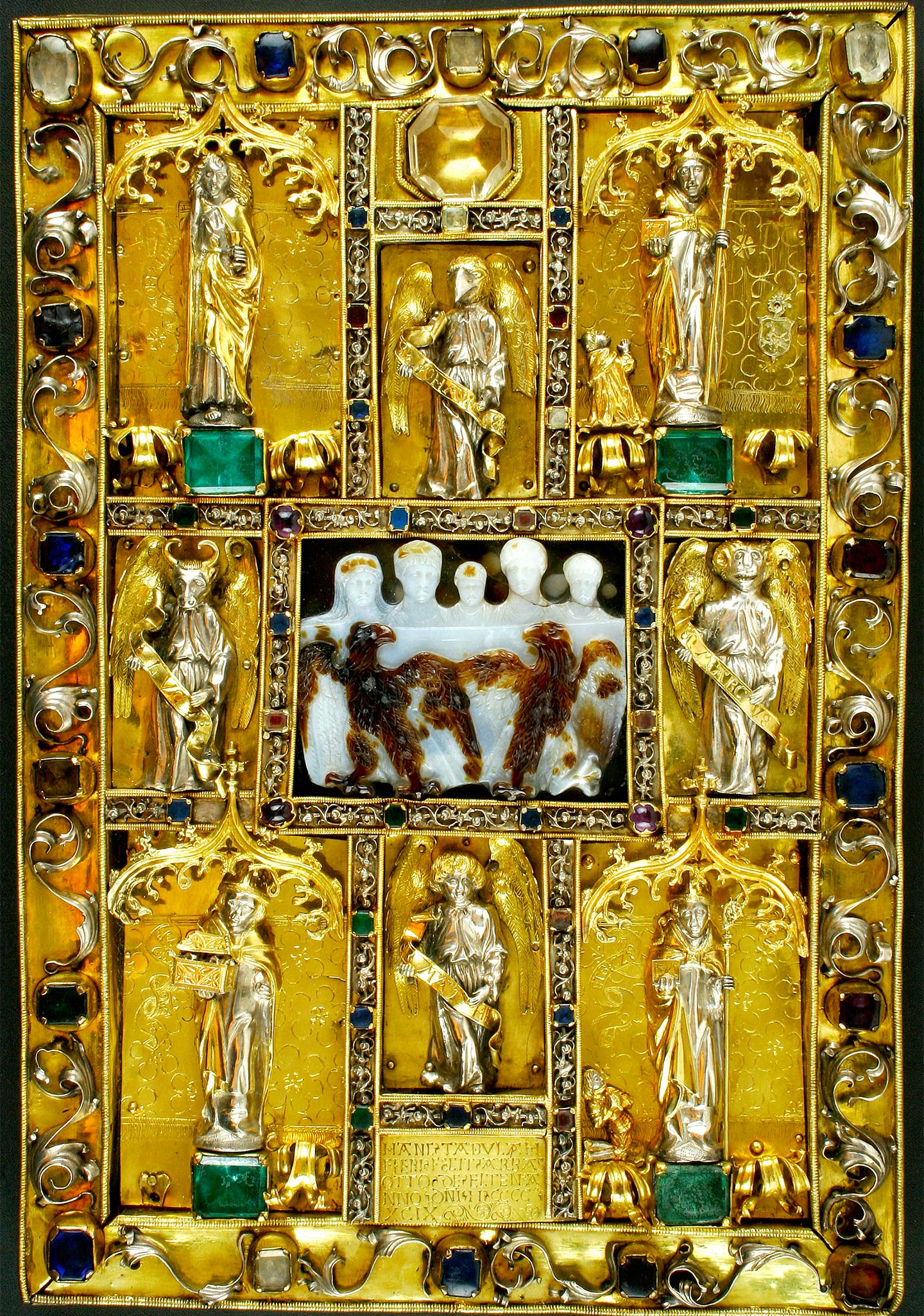
The Ada Gospels binding, 1499 (binding), before 326 CE (cameo), oak wood, silver, partially gilded, applied with gemstones (binding); sardonyx, three layered (cameo) © Wissenschaftliche Bibliothek der Stadt Trier, Hs 22
Of course, this is a fundamental tool to better grasp the details of many exhibits, as in the case of the precious Ada evangeliar binding, where the 1499 gold binding of the Carolingian Ada Gospel includes the Late Antique Eagle Cameo from 326 A.D. displaying the family of Emperor Constantine.
The Cisterna creates a unique atmosphere to accommodate the specific themes developed by Salvatore Settis. A two-level space provides a special historical experience with two rooms dedicated to the colossal statue of Emperor Constantine (4thcentury A.D.), one of the most valuable works of late ancient Roman sculpture, of which only a few fragments remain today.
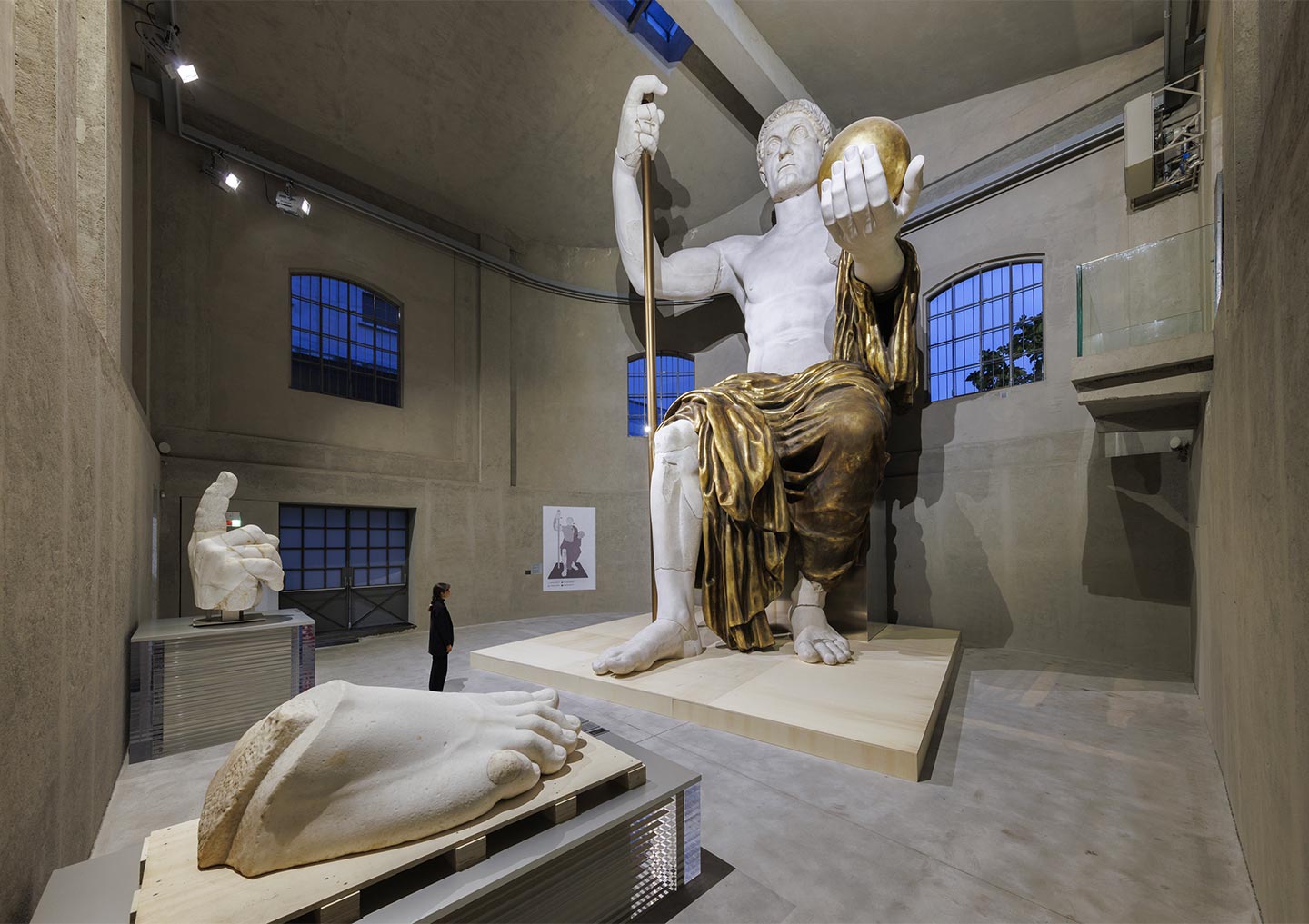
Reconstruction of the Colossus of Constantine 2022, 1:1 scale reconstruction (h 11.06 m), A collaboration between Musei Capitolini, Fondazione Prada and Fundación Factum, Conceived by Claudio Parisi Presicce. Produced by Factum Arte
The Colossus has been experimentally reconstructed for the first time on a 1:1 scale, thanks to the collaborative effort of the Musei Capitolini, Fondazione Prada, and Factum Foundation, with the scientific supervision of Claudio Parisi Presicce, the Capitoline Superintendent of Cultural Heritage.
More than 11 metres tall, the resulting sculpture can be observed up close thanks to a raised floor with small balconies from which viewers can appreciate its monumentality even more. There are also two huge marble fragments, the right hand and foot – typically displayed in the courtyard of the Palazzo dei Conservatori in Rome, and a detailed illustration of the story presented in the nearby room.
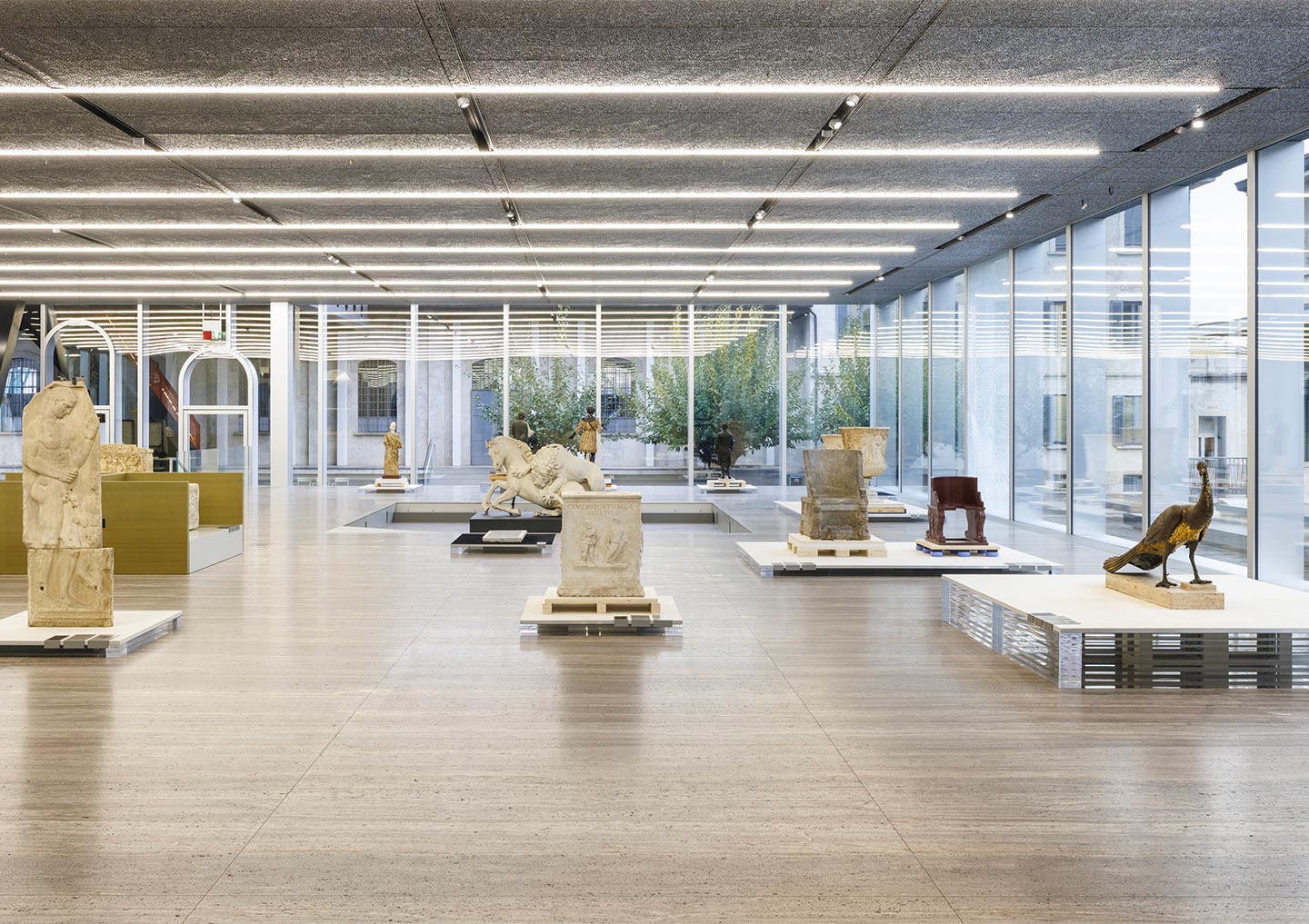
Exhibition view of “Recycling Beauty” Fondazione Prada, Milan
Through an experimental approach, the exhibition invites the viewer to consider the past as an unstable, constantly evolving phenomenon and to understand how the context and the “moment” were significant for the artworks themselves. What about all the messages and themes that ‘Recycling beauty’ invites us to dwell on? These certainly include the historical and contemporary value of recycling in relation to resource scarcity, as well as the destruction, recovery and use for personal or political purposes of materials, architecture, objects and iconography, which also characterises the contemporary world. It is no coincidence that the reuse of what already exists, the focus on recycling, and the need to reduce consumption are increasingly urgent priorities in our time.
Aurora Mattioli
Fashion Promotion, Communication and Digital Media Master’s student, Milan

